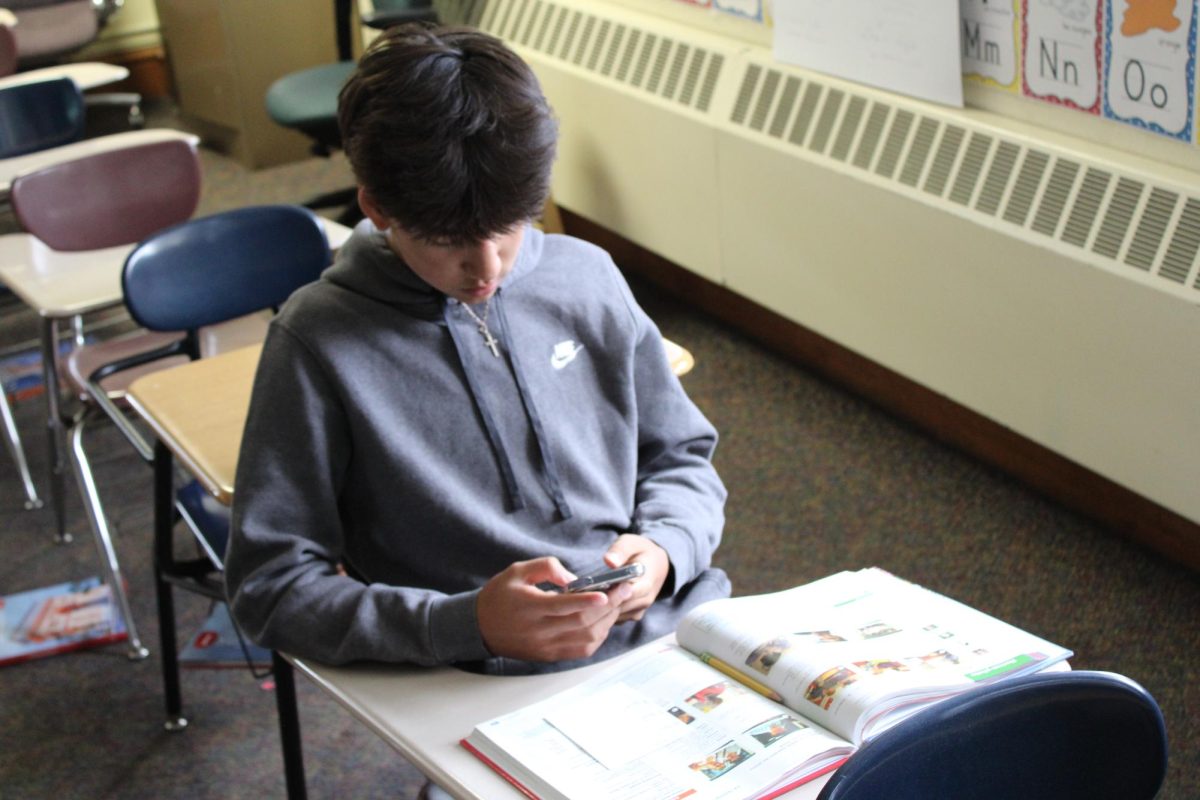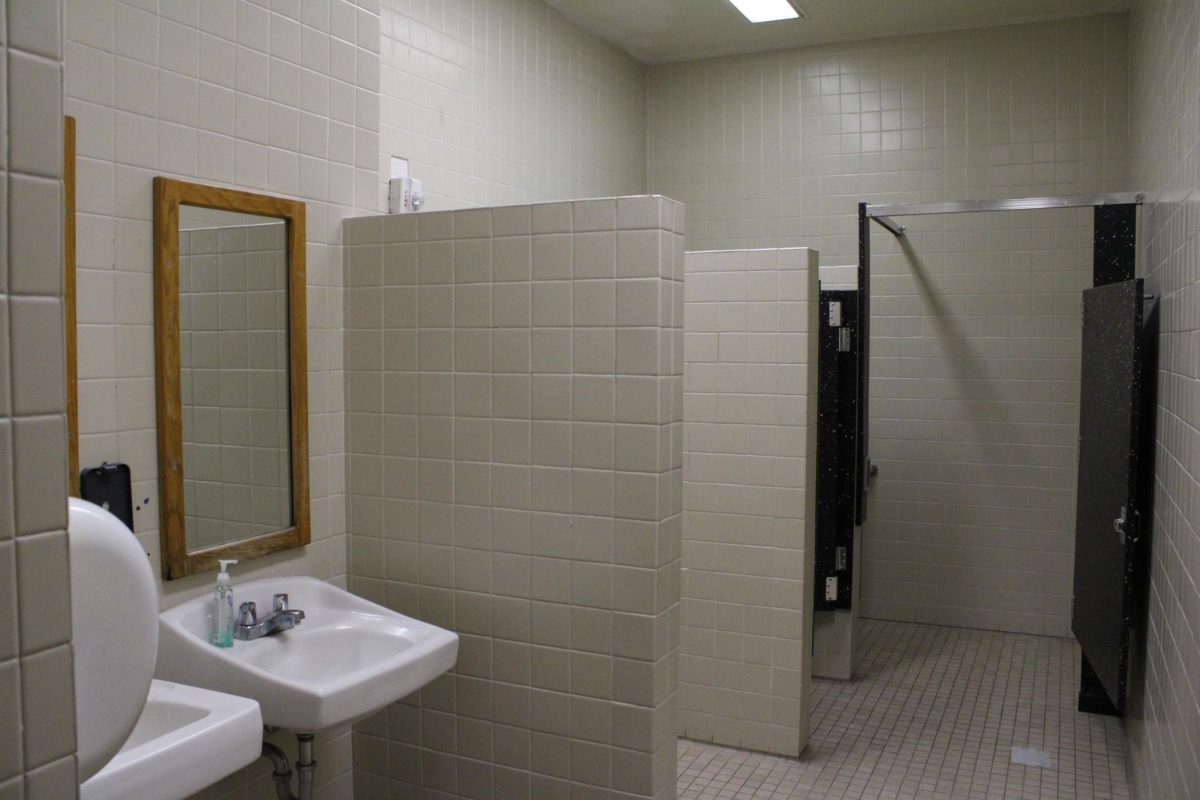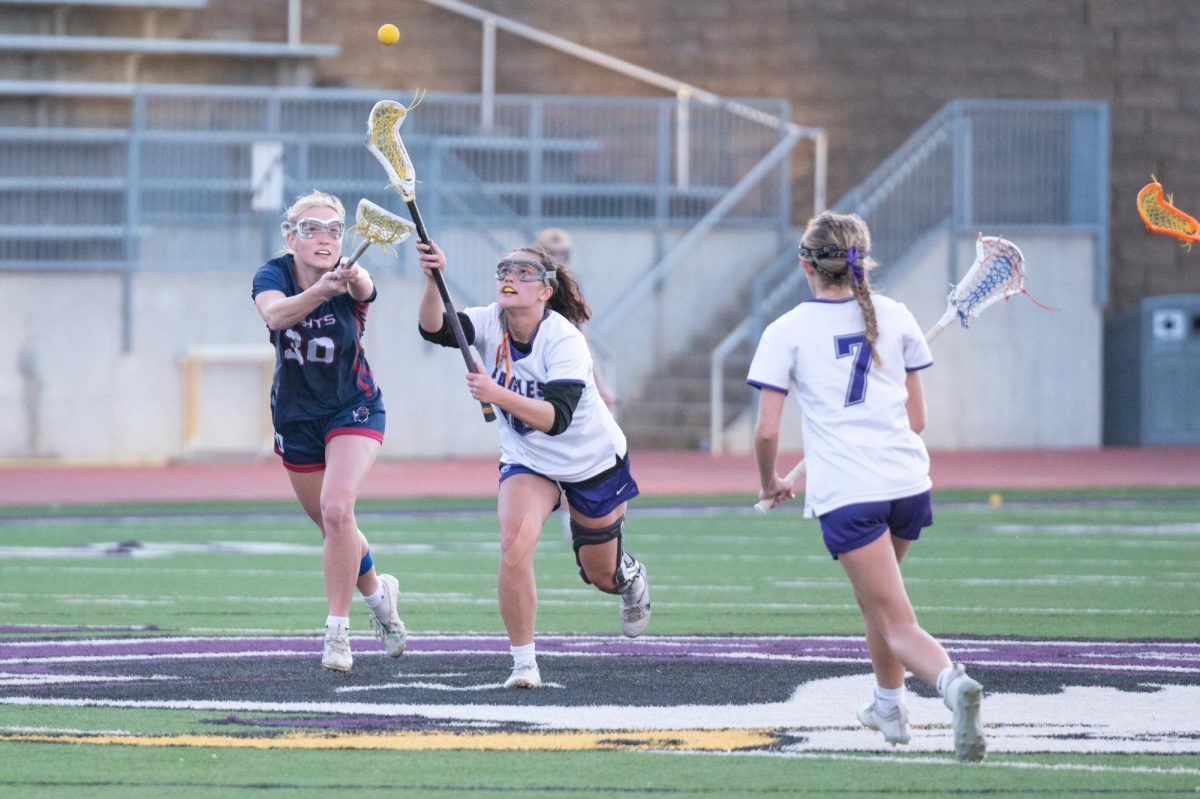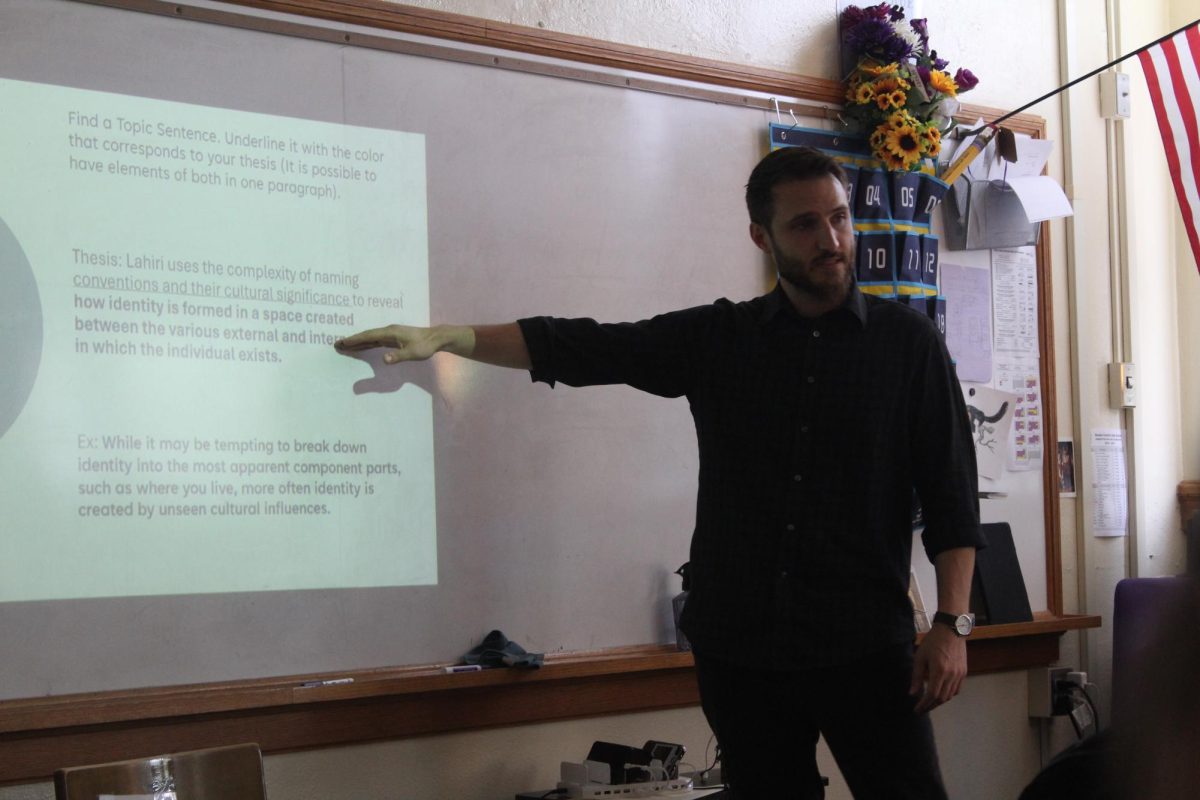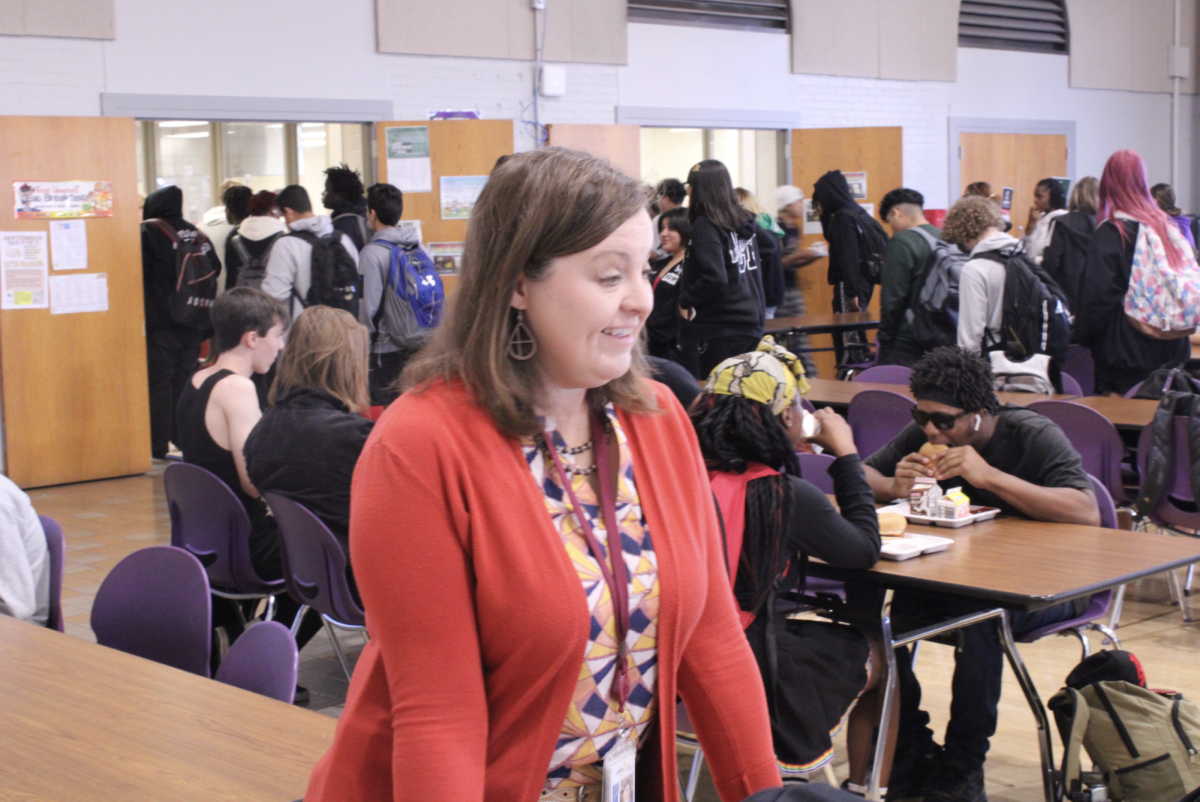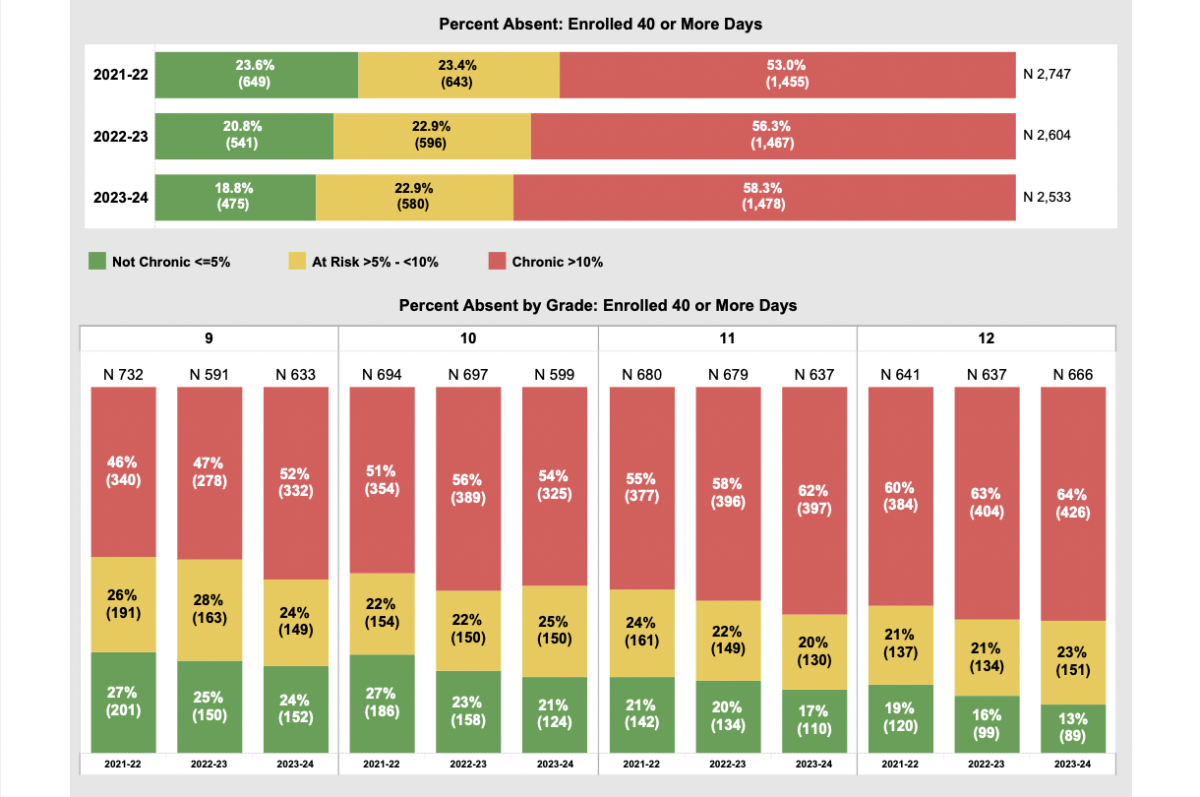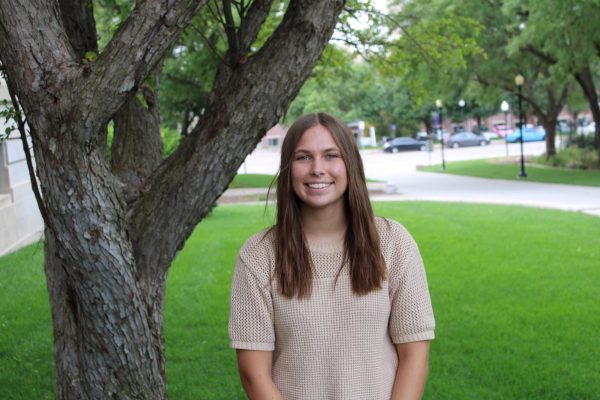Absenteeism has become an escalating issue in Omaha Public Schools, with chronic absenteeism—defined as missing 10% or more of the school year—reaching high levels.
According to 2023-24 OPS data, 40.2% of students across all grade levels were categorized as chronically absent last school year, a slight rise from 39.7% in the 2022-23 school year.
Last year at Central, 58.3% of students were labeled as “chronically absent,” 22.9% were “at risk,” and only 18.8% were “not chronic.” This is calculated from accumulated data that includes all out of school absent time, and does not include school-sponsored activities, senior releases, or bus related absences.
Data reveals a steady increase in the number of students missing significant portions of the school year. This is part of a concerning trend since the pandemic, which disrupted learning and worsened attendance issues.
In his first official year, Superintendent Matthew Ray identified absenteeism as a top priority for the 2024-25 academic year. His plan focuses on building stronger student-guardian relationships, offering community resources and increasing student accountability.
While absenteeism affects all students across OPS, certain demographics face disproportionate challenges. The data shows that 45% of students receiving educational benefits are chronically absent, compared to 28% of their peers who don’t receive benefits.
Special education students are also particularly affected, with 47% categorized as chronically absent.
Latino students represent another group impacted by chronic absenteeism, as 41% were chronically absent, while Black and African American students have a 44% absentee rate.
Disparities represented by these demographics highlight the need for addressing the barriers that specific communities face, from economic challenges to lack of access to transportation.
OPS initiated the “Strive for 95” program, in which students were expected to be absent less than nine days per school year, or equivalent to 5% of school days.
“Daily attendance is critical to academic success as well as social and emotional well-being,” OPS said.
However, rising absenteeism rates show the “Strive for 95” program requires more support. Ray has outlined a comprehensive strategy to combat absenteeism for the 2024-25 school year, with efforts centered on implementing attendance improvement programs within the individual school communities.
“Continuing to focus on attendance is always important,” Ray told KMTV.
To address these challenges, Ray (and other Nebraska districts) are working closely with organizations like Attendance Works, a national nonprofit dedicated to implementing strategies to improve attendance.
Additionally, programs with Teammates Mentoring are being piloted in schools where absenteeism rates are highest, giving students personal encouragement to help keep them engaged in all levels of their education. The goal is to generate excitement in students towards their education.
Across the district, elementary, middle and high schools are now expected to monitor attendance more rigorously. Teachers and faculty are encouraged to intervene when students begin to show patterns of missing school.
Efforts to increase parental involvement involve more communication between schools and homes. The district aims to increase participation in parent-teacher conferences, where attendance issues can be addressed collaboratively.
Students who miss large portions of the school year are at a higher risk of falling behind academically, dropping out and facing difficulties in securing future employment. The district’s four-year cohort graduation rate stands at 70.4% for the class of 2023, with minority students and those from economically disadvantaged backgrounds facing greater challenges.
In addition, the Metropolitan Omaha Educational Consortium (MOEC) and its executive director Terry Haack introduced a new grant program with the initiative to reduce the Omaha metro’s chronic absenteeism rate.
“It’s not a correct statement to think that those that are not coming to school don’t care about coming to school,” Haack said. “There are many and multiple barriers for those students not attending school. If we can work with community and organizations to provide the services needed, students will come to school.”
Ray is hopeful, however, that the new interventions will lead to meaningful change, emphasizing that attendance is key to educational success.


